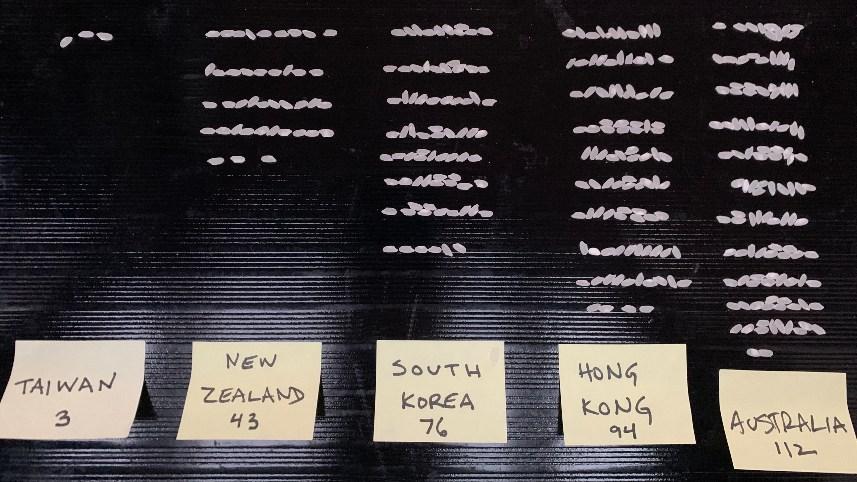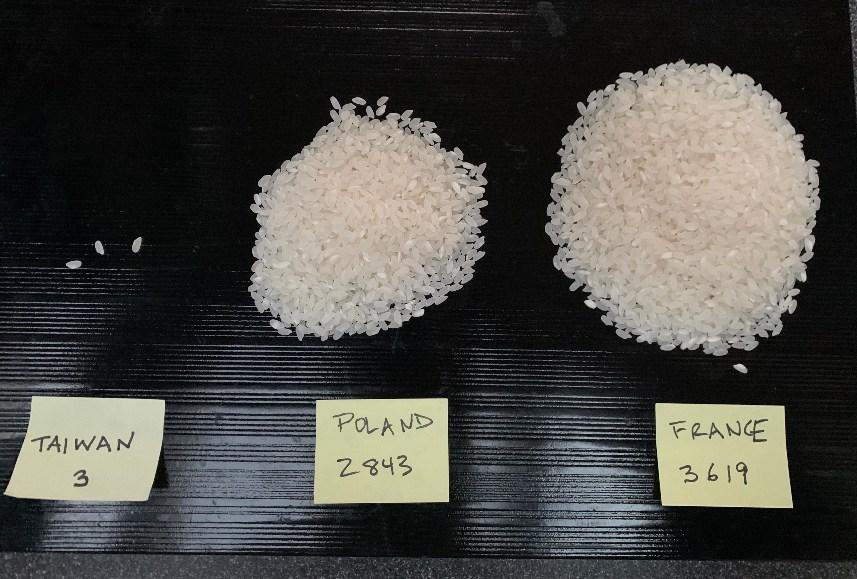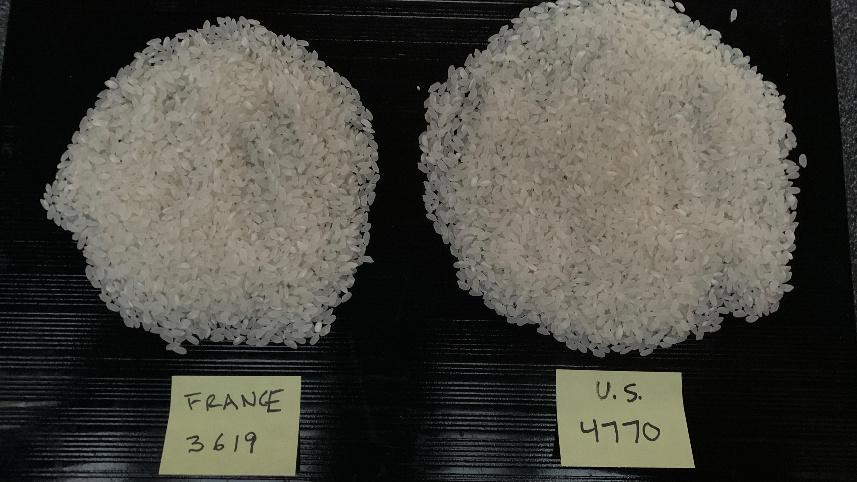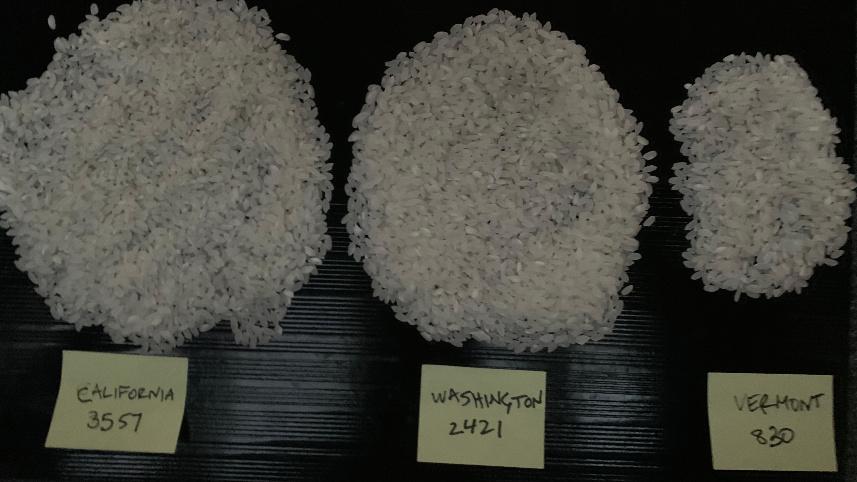Check out our entire series explaining the science involved in the coronavirus pandemic. Sign up to receive our coronavirus update each week.
This week, a story in pictures.
I have to tell you, digging into some aspect of the coronavirus pandemic every week can be emotionally difficult. I mean, living through it is bad enough, right? But then also to look carefully at what is happening in detail brings, for me, at least, another level of strain. Sometimes it makes me scared; sometimes, frankly, it makes me furious. And this is one of those furious weeks.
It seems like a lot of Americans have a fatalistic attitude toward the pandemic, as though it came out of nowhere, could not have been anticipated, and cannot really be controlled. If this were true–if nothing we could have done, could do now, or could do in the future could really make much of a difference–then an argument along the lines of “it’s not worth destroying the economy with restrictions on everyday activity” would make sense.
But this is just so maddeningly wrong. And this makes me so mad, because so many people are sick and dying when they didn’t have to be—and our economy is nevertheless taking a beating.
Right now, this fatalistic attitude is reinforced by the fact that the virus seems to be surging everywhere, and even places that had their outbreaks largely under control are experiencing new surges. So nothing makes a difference, right? But in fact these outbreaks are not at all at the same scale, and states and countries are imposing new restrictions at dramatically different levels of new cases.
I was trying to figure out how to get across the idea that different places have had dramatically different experiences with the pandemic and I thought I’d return to my old standby of 10×10 matrices of pasta. But it turned out that the magnitude of the differences among different places was just too enormous to illustrate with pasta. So I turned to my next favorite starch: rice.
In the following photos, each grain of rice represents one case of coronavirus per 100,000 people, since the beginning of the pandemic (all numbers come from the Johns Hopkins COVID-19 Tracker). I don’t claim comprehensiveness here, but as far as I can tell, the country with the fewest cases per 100,000 is Taiwan at three, followed by New Zealand at 43. South Korea, Hong Kong, and Australia also have case rates per 100,000 that are low enough to justify counting out individual grains of rice.







